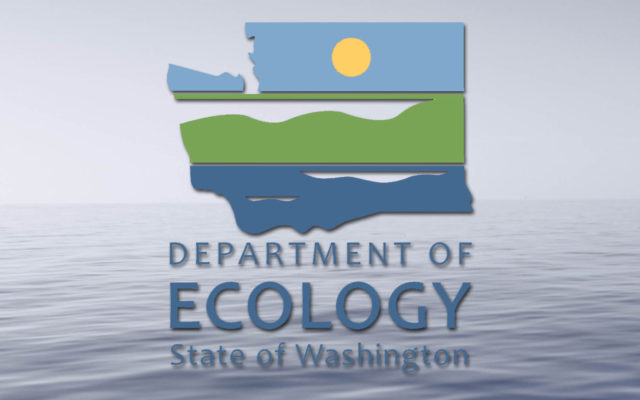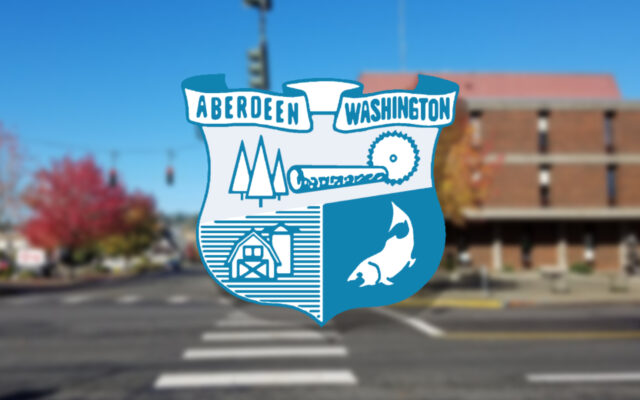Drought regionally now considered severe

Olympia, WA – The Olympic Peninsula is now classified as being in severe drought.
In a statement by the Washington Department of Ecology, the region “took a step in the wrong direction” and forecasts by the by the U.S. Drought Monitor (USDM) show the classification for the Olympic Peninsula changed from “moderate” to “severe” drought.
According to the USDM, a severe drought classification can bring potential impacts of likely crop and pasture damage, water shortages, and water restrictions.
In response to current conditions, some communities and water systems on the peninsula have already begun anticipating low water supply, according to Ecology.
Clallam and Jefferson counties this week were afforded the opportunity to apply for grant funding made available by the Department of Ecology to address hardships caused by drought.
The 2019 Legislature appropriated $2 million to Ecology for drought response. Grant funding can be used for projects like drilling emergency standby wells, or helping fish hatcheries maintain cool and clean water for fish.
Clallam Bay/Seiku, Upper Fairview, and Island View water systems have already begun to activate water shortage response plans. Water shortage plans help water systems conserve available water supplies to the extent possible, and to help determine if additional sources of water supply should be developed. Currently in Stage 2 of their plans, these systems are encouraging customers to conserve water and prepare for a more resource-protective response later this summer.
Ecology states that we have had an unseasonably warm and dry spring, including the fourth-driest March on record, averaged statewide.
Total precipitation on the western Olympic Peninsula from January thru May was the third driest since 1895.
They state that, “Even after a memorable bout of snow in February across much of Western Washington, we just didn’t have the snowpack or spring weather necessary for healthy water supplies”.
They also state that streamflows on the peninsula are substantially lower than normal. Most of them are in the bottom tenth percentile.
Locally, the Satsop and Wynoochee have hit record flows on some days this spring.
The National Oceanic and Atmospheric Administration’s Northwest River Forecast Center is forecasting that the Elwha and Skokomish Rivers may experience their second lowest seasonal (April – September) runoff this year.
 Recently, Gov. Inslee officially declared a drought emergency declaration for 27 watersheds including the entire Olympic Peninsula, including the Lower Chehalis and Willapa watersheds locally.
Recently, Gov. Inslee officially declared a drought emergency declaration for 27 watersheds including the entire Olympic Peninsula, including the Lower Chehalis and Willapa watersheds locally.
“The criteria for drought declaration is different than what is used by the USDM. There are two factors considered for drought declaration: The watershed must be at or below 75 percent of normal flow, and that the low water would cause undue hardship for agriculture, domestic water supply users and fishery uses.”
A drought emergency declaration allows Ecology to expedite response actions like water right permitting and providing funding to local governments to address hardships caused by drought. Some examples of drought-relief projects that funding might be used for include leasing water rights, implementing water conservation programs, and developing alternative sources of water supplies for communities, farmers, and fish hatcheries.



